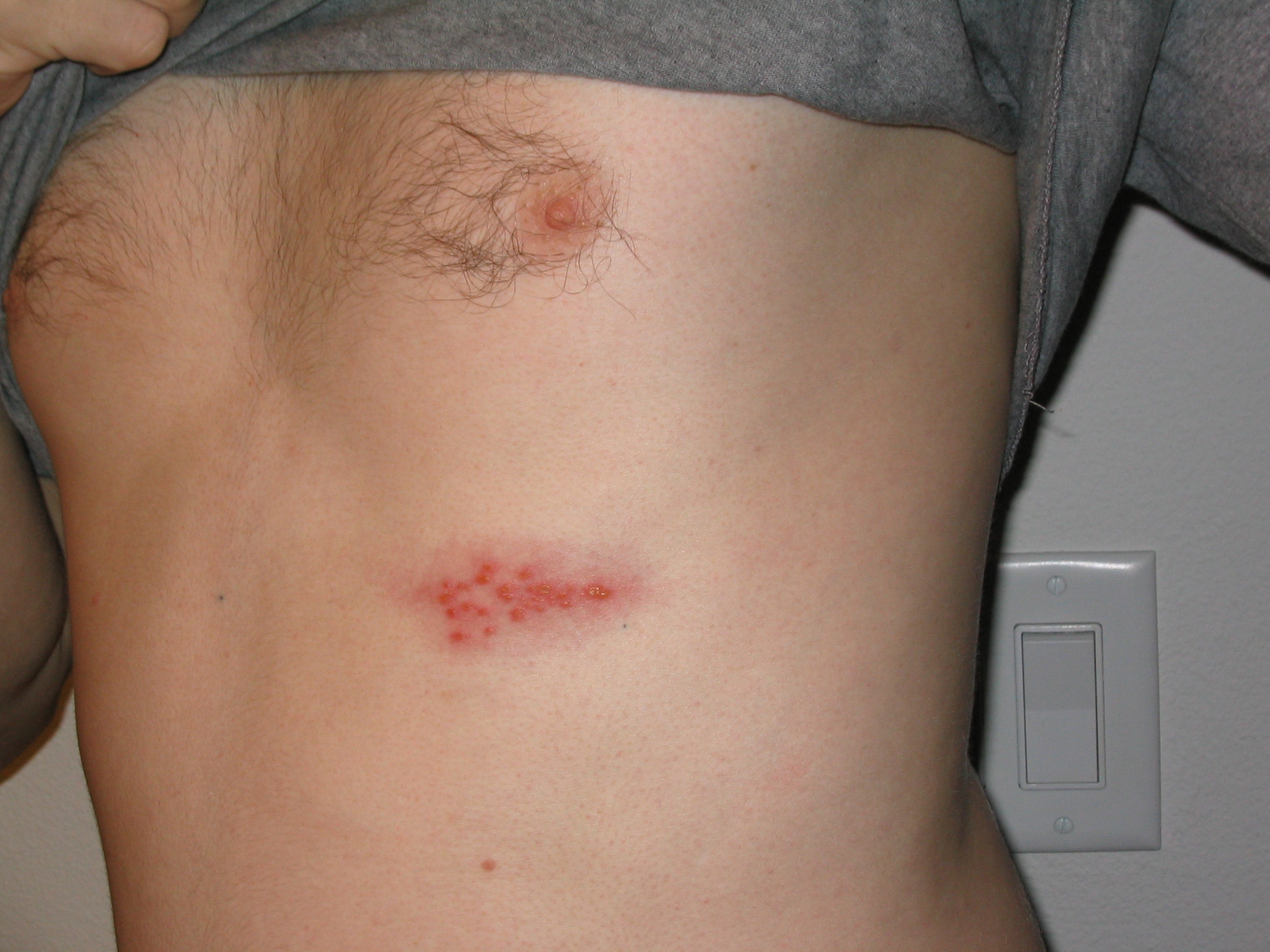The reason for the long delay between articles is that we did move our home from a 5 bedroom house on a 1/4 acre block near the ocean, to a 2 bedroom (the second one is for a person of small stature and no luggage) apartment near the Swan river - and we are so happy! As I sit here I have a glorious view out of the window into a tree-shaded area of beautiful greenery : looking left I can see small sailing boats on the river and through the open door I can hear the young bride tidying up "things" in the kitchen area. In this place, nothing is too far away - even the bus stop is only 3 minutes down the street and the journey into the City a mere 7 minutes of gawping up at Kings park.
But to get here was a little harder.
With all the packing and cleaning, the Y.B. was stricken with terrible sciatic pain and ended up in hospital twice. Thankfully the spinal injections worked and she is now almost pain free. About the same time, some little Varicella virus particles that had been lurking in the dorsal ganglion of my spine, decided to run amok leading to a painful outbreak of shingles which happily has now all but disappeared. Now, after 6 weeks of pain, we are gingerly beginning to get fit and mobile again.
But these interruptions will not distort all those glorious things that happened to us this year. So here's a huge thanks to the best of them:
FRANCE
Those 7 months spent meeting some wonderful new friends will always be dear to us and we thank each one of you from the bottom of our hearts. Merci mille fois.
Then there were the people that I met through social media, my friends at HBF and my friends from home. I must give a big hug to "Mariodacatsmum" and "Mybabyjohn/Dolores" who have been faithful readers and give me regular, honest feedback. John LeCras, Ean James and Greg Clune are an amazing individuals and never fails to give 110% to everything including friendship - and I treasure their friendship - so thank you all.
Finally there is the family, the very heart of my existence. Each one of them has made me a better man because of the goodness and love they have brought into my life: and the young bride is at the very epicentre of that love and joy.
So to all of you: Peace, Joy, Love and healing this Christmas and may 2013 be a year of Blessings for you all.
























